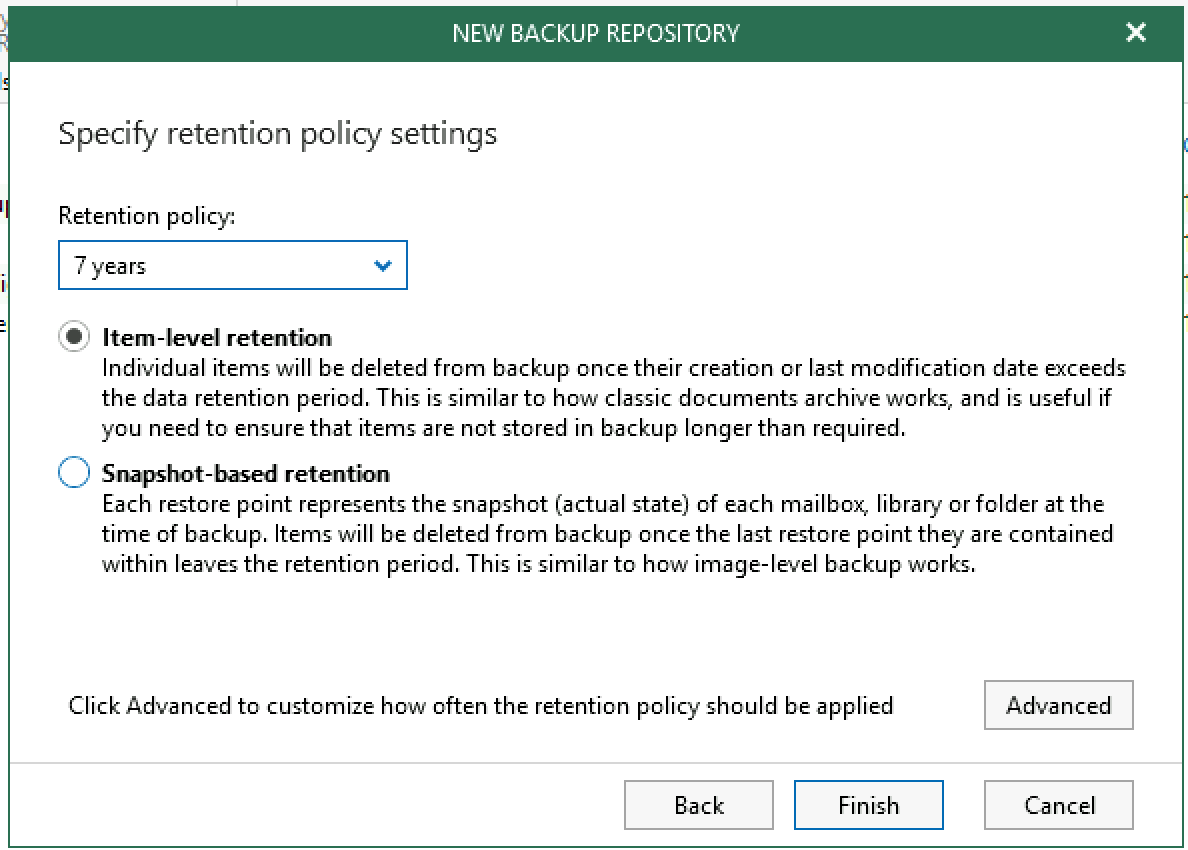


We now have everything in place prior to connecting the Veeam Backup & Replication Server. Your settings for your storage location.The settings we choose are based on the 1.5TB destination.We are going to set a custom path for the tapes.The default tape creation process, if the option was chosen above, creates _ a lot_ of tapes out of the box. We are creating tapes manually at first as we are looking to get comfortable with how the VTL setup will work. Once the setup process completes we can click in to the tape library and create our tapes. In the left hand column click on your VTL Device then the CHAP Permissions tab. Now, keep in mind that there could be a bit of a struggle here. The next step is to secure the iSCSI Target with with a CHAP password. Make sure to tick the Target Name and copy it for later.Uncheck Fill Storage Slots with Empty Tapes after Create.Since this is our first run at getting things set up we’re experimenting with the various settings so plan accordingly based on the needed backup volume. VHDX files and attached them to our VTL virtual machine. VHDX files hosted on a SOFS Storage Spaces Direct (S2D) cluster.

Our StarWind VTL server is a virtual machine with a number of. Make sure to add the local VTL server in the console. We are also assuming that the VTL software has been downloaded, the license file obtained, and the software installed. EXE run to install in a virtual machine setting. Note that the driver needs to be EXTRACTED then the. We are assuming that Veeam v10 is already installed and backups have been configured along with the HPE Tape Library driver indicated in the VTL document. The following is the process to get things set up. Since our average solution life is 60 months here is a typical cost savings according to that calculator: After an evaluation of the various cloud storage vendors and their cost to store our backups there we decided on the following:Īt the bottom of the B2 link is a calculator showing the savings over the others.


 0 kommentar(er)
0 kommentar(er)
